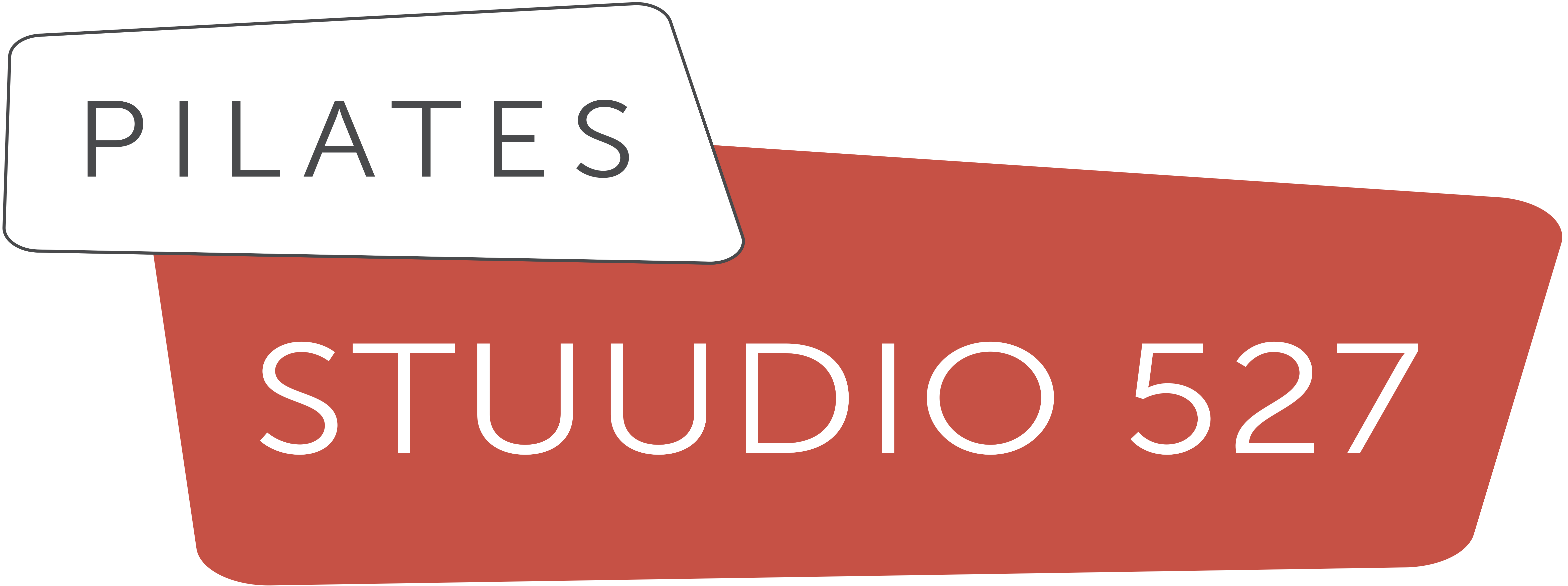
For example, a cleaning company may keep an inventory of cleaning supplies. If current assets are low, a company should be able to liquidate non-current assets to settle their liabilities. By defining an account as being liquid, it means that a company can turn the balance of the account into cash relatively quickly. Current assets are assets that can be quickly converted into cash within one year. These assets, once converted, can be used to fulfill current liabilities if needed. The most common noncurrent assets are property, plant, and equipment (PP&E), intangible assets, and goodwill.
Ask Any Financial Question
On the other hand, investors and analysts may also view companies with extremely high current ratios negatively because this could also mean their assets are not being used efficiently. On the other hand, if the cash ratio is lower than 1, the company has insufficient cash to pay off its short-term debts. Similar to the example shown above, if the cash ratio is 1 or more, the company can easily meet its current liabilities at any time. Current assets are used to finance the day-to-day operations of a company.
Types of Assets
The key components of current assets are cash and cash equivalents, marketable securities, accounts receivable, inventory, prepaid expenses, and other liquid assets. Assets that fall under current assets on a balance sheet are cash, cash equivalents, inventory, accounts receivable, marketable securities, prepaid expenses, and other liquid assets. https://x.com/BooksTimeInc The operating cash flow ratio measures how well current liabilities are covered by the cash flow generated from a company’s operations. The operating cash flow ratio is a measure of short-term liquidity by calculating the number of times a company can pay down its current debts with cash generated in the same period.

Get in Touch With a Financial Advisor
Assets represent things of value that a company owns and has in its possession, or something that will be received and can be measured objectively. Liabilities are what a company owes to others—creditors, suppliers, tax authorities, employees, etc. They are obligations liabilities in order of liquidity that must be paid under certain conditions and time frames.
- On the other hand, maintaining diverse and liquid assets helps to cushion against financial downturns or unexpected expenses.
- This section gives investors and creditors information about the source of debt and more importantly an insight into the financing of the company.
- AP typically carries the largest balances, as they encompass the day-to-day operations.
- “Contribution” deals with the situation where two or more creditors have competing liens on one piece of property.

This format is much easier to read and more informational than a report that simply lists the assets, liabilities, and equity in total. For some investors and for some circumstances, illiquid assets actually hold an advantage over liquid assets. If a company or individual https://www.bookstime.com/articles/hubdoc can sacrifice liquidity, it may generate higher returns from the asset. Market liquidity refers to a market’s ability to allow assets to be bought and sold easily and quickly, such as a country’s financial markets or real estate market.
Methods of Marshalling

Some things you own such as your nicest shirt or food in your refrigerator might be able to sold quickly. Others such as a rare collectible coin or custom painting of your family may be a bit more difficult. The relative ease in which things can be bought or sold is referred to as liquidity. A company’s cash flow statement is also prepared differently under GAAP and IFRS.

Understanding GAAP and IFRS guidelines can be an asset, no matter your profession or industry. For current asset accounts, cash and cash equivalents is the most liquid with inventories being the least liquid due to the amount of time it can take to sell stocks to customers. Within the balance sheet, we can find information on the assets, liabilities and shareholders’ equity of a company.
